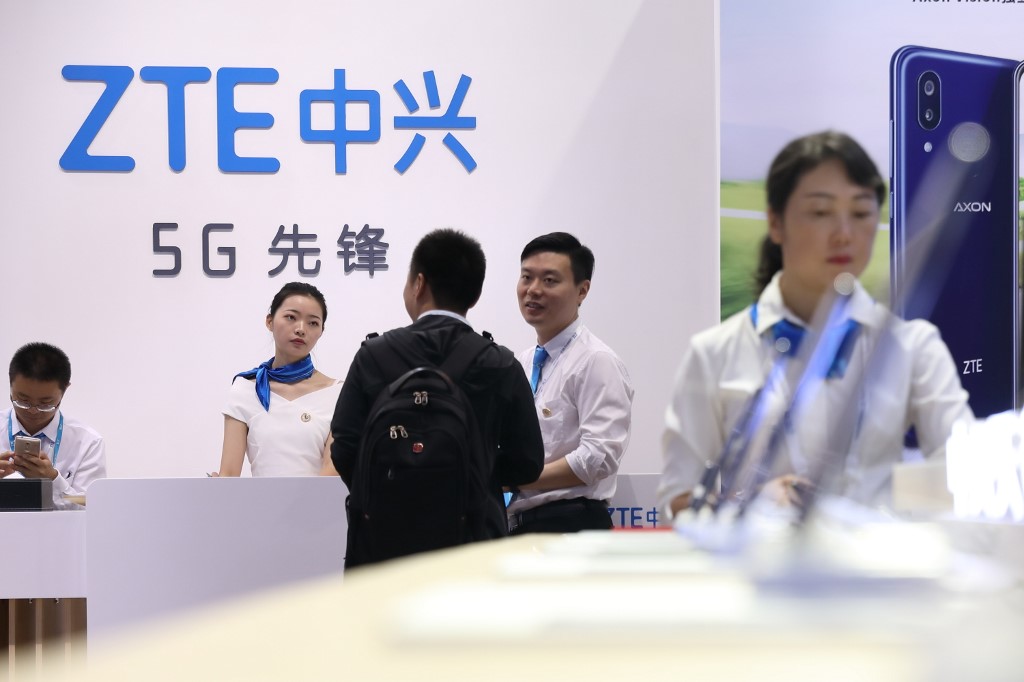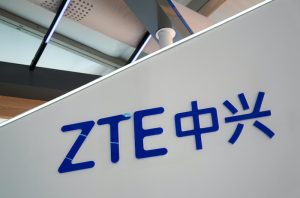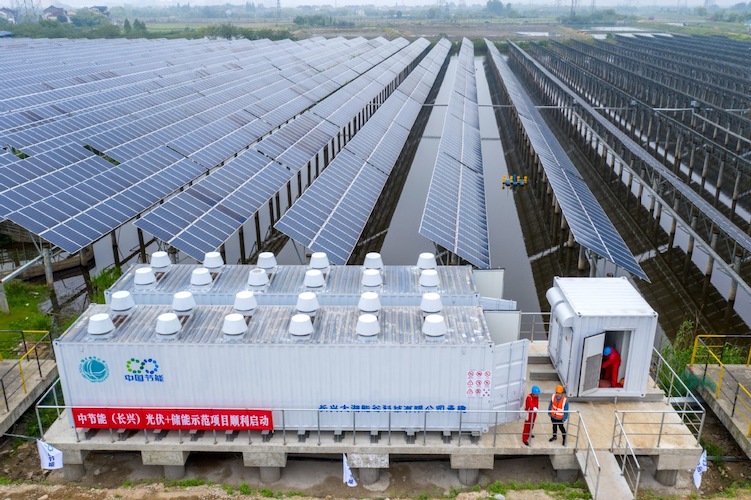(ATF) Over the past two years, the rapid progress of Chinese technology companies has affected the United States, with many domestic tech companies knocked down.
In April 2018, ZTE was stopped from purchasing sensitive components from American companies, which interrupted the company’s chip supply chain. Due to various infractions, ZTE had to pay billions of dollars in fines to the United States. But the fate of ZTE was not as severe as its partner Huawei.
Both ZTE and Huaiwei were formed when the previous Chinese leader Jiang Zemin, who decided that certain parts of China’s bloated military should be pared off to form companies – ZTE and Huawei were telecommunications brigades.
In May 2019, Huawei was put on the US Commerce Department’s “Entity List” because of “security concerns”, and the company’s supply chain in the United States was blocked. However, in terms of 5G telecommunications equipment, Huawei managed to “de-Americanise”, according to tech consultancy Technology Crossroads.
In the field of chip manufacturing, in August this year, Huawei CEO Yu Chengdong said that he would “take the roots” in all aspects of the semiconductor field, and build a chip supply chain. Recently, Huawei has recruited at least 40 PhD graduates across the country; they specialise in almost all facets of the chip field. This also confirms that Huawei aims to seek a solution to its chip supply chain.
However, Huawei is not the only company in the chip field. On Sunday October 11, ZTE officially announced that it now has a self-developed 7nm chip officially in commercial use in the market, and a 5nm version has entered the trial stage.
According to sources, ZTE’s 5nm chip will be officially launched next year. It is worth noting that ZTE’s 7nm chip is a base-station chip, not a mobile-phone chip. In the field of chips, base-station chips are different from mobile-phone chips. The threshold for base-station chips is higher. It takes at least two years from trial to mass production. If you want to realise localisation in the base-station chips, even design is difficult.
ZTE said that the current version – 3.0 multi-mode baseband chip and digital intermediate frequency chip based on 7nm technology – has increased the computing power four-fold compared with the previous generation chip, and power consumption under no-load state has been reduced by 30%, while next year’s 5nm chip is expected to perform even better.
5G networks power consumption problem
With the rapid spread of 5G networks, power consumption is a problem. In August, an article titled “Too much electricity! China Unicom reduces the power consumption of 5G base stations by sleeping 5G base stations regularly”, sparked heated discussion among netizens. In fact, in the eyes of outsiders, many people would think that China Unicom shuts down its 5G base stations periodically when 5G equipment is empty, due to lack of imported parts.
Meanwhile, the detrimental effect to human health of 5G base stations, which need to be on every street corner, has not been tested at all, by any firm in China.
Unicom shut down the base stations because the power consumption of 5G base stations is about three times that of 4G base stations, and the base-station density is also about four times greater than 4G base stations.
Overall, the power consumption of 5G base stations is much higher – by about 10 times if fully rolled out. China Unicom “sleeps” 5G base stations on a regular basis. Instead of shutting down regularly, it uses deep sleep technology to reduce their energy consumption. But with the release of ZTE’s 7nm base-station chip, and even next year’s 5nm chip, the problem of high power consumption in 5G base stations should be alleviated, and it may eventually reduce the price of 5G packages.
As one of the “big four players” in global communications, ZTE works on everything from software to hardware. ZTE is also supplying China Unicom and the country’s second biggest mobile firm, China Mobile. However, due to the US action against ZTE there was a “shutdown” for three months. After the ban was lifted, ZTE “won more than 40 orders worldwide”. In the face of the US chip encirclement, ZTE ushered in its “new breakthrough” in the field of base-station chips.
What do you think about ZTE’s breakthrough in the field of base station chips?
TSMC well in front
In related news, TSMC finally won Apple A14, using 5nm chip foundry technology. TSMC immediately poured a bucket of cold water and officially dispelled a rumour on the Chinese Internet saying that it will supply Huawei “under the table”, saying it would not comment on baseless market speculation. Zhang Zhongmou, the founder of TSMC, said: “China’s mainland chip manufacturing will not easily surpass TSMC and the problem cannot be solved by spending a lot of money.”
As the most powerful chip foundry in the world, TSMC’s 5nm technology is already very mature, and the development of 3nm technology has started. TSMC has stated that it has achieved victory in the 3nm process. For the entire chip industry, 3nm chips may be the commanding heights of semiconductor manufacturing technology and that development could have a profound impact on consumer electronics.
After winning major chip orders from Apple, TSMC further left Samsung behind and won major chip orders from Intel and MediaTek. According to data from research institutions, among the world’s top 10 fab foundry revenue forecast rankings, TSMC has a share of 53.9%.
TSMC has also developed more advanced 2nm technology. TSMC is very optimistic about the 2nm process.
























